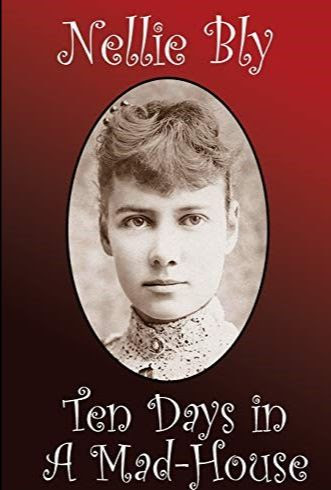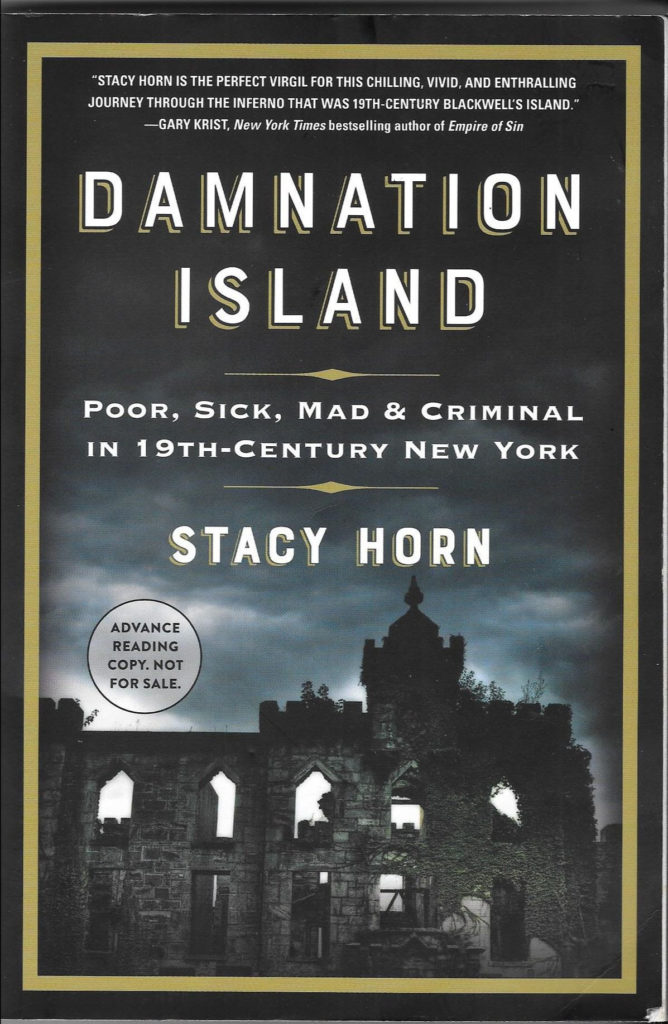WEDNESDAY, SEPTEMBER 30, 2020 – HOWARD HACK ARTIST OF SAN FRANCISCO


Wednesday, September 30, 2020
OUR 170th ISSUE
OF
FROM THE ARCHIVES
HOWARD HACK
INNOVATIVE GRAPHIC ARTIST
PAINTER AND GRAPHIC ARTIST

- Howard Hack, Window Number 22, Parenti’s Market, 1967, oil on canvas, Smithsonian
- This painting is part of Howard Hack’s Window series of the 1960s, which show “landscapes” of objects seen through glass storefronts. The reversed numbers and small orange pump identify this as a view of a Union 76 gas station, seen perhaps from the inside of an abandoned market where only a weighing scale and empty ceiling hooks remain.
- Shadowed corners underscore the emptiness and silence, and the texture of the painted window evokes layers of undisturbed dust. Hack painted some objects to appear both inside and outside the glass, creating a confusing sense of depth and making it difficult to distinguish between the real objects and their reflections.
Howard Edwin Hack (July 6, 1932 – June 11, 2015) was a San Francisco Bay Area representational painter and graphic artist with works in numerous museum collections. Known for an innovative approach to a variety of media, as well as use of traditional oil paints, Hack began working in the late 1940s.
GHANDI

Howard Hack, (From Blue Print series) #6, Gandhi, 1972, blue print on paper, Smithsonian American Art Museum, Gift of Larry Epping Building Co., 1981.29.7

Howard Hack, (From Blue Print series) #10, Curtain, 1973, blue print on paper, Smithsonian American Art Museum, Gift of Larry Epping Building Co., 1981.29.11
SEWING MACHINE

Howard Hack, (From Blue Print series) #18, The Sewing Machine, 1975, blue print on paper, Smithsonian American Art Museum, Gift of Larry Epping Building Co., 1981.29.17
BI-CENTENNIAL EAGLE

Howard Hack, (From Blue Print series) #24, Bi-Centennial Eagle, 1976, blue print on paper, Smithsonian American Art Museum, Gift of Larry Epping Building Co., 1981.29.2
THE WHISK BROOM

Howard Hack, Silverpoint #35, The Whisk Broom, 1967, blue print on paper,
BI-CENTENNIAL LIGHT BULB

Howard Hack, (From Blue Print series) #25, Bi-Centennial Light Bulb, 1976, blue print on paper, Smithsonian American Art Museum, Gift of Larry Epping Building Co., 1981.29.24
CAREER
Upon returning to the U.S., Hack resumed painting, using images from his stay in Korea, and scenes from Oakland. Hack occupied studio space and lived in the Spreckels Mansion, also known as the Ghost House (1150 Franklin Street, San Francisco), along with other artists, including Wally Hedrick, Jay DeFeo, and Hayward King.
From the Ghost House Hack attended the gathering at the nearby Six Gallery (the Six Gallery Reading at 3119 Fillmore Street, San Francisco), where poet Alan Ginsberg debuted his poem Howl on October 7, 1955.
Between 1957 and 1959, Hack lived primarily in San Miguel de Allende, in the central Mexican state of Guanajuato, a haven adopted by American artists and bohemians after WWII. In 1959,
Hack returned to the United States, enrolling as a philosophy undergraduate at the University of San Francisco. At USF Hack studied the theories of the neo-Kantian idealist philosopher Ernst Cassirer (1874-1945), in particular his concepts of symbolism.

Howard Hack, (From Blue Print series) #14, Cushion and Stool, 1973, blue print on paper, Smithsonian American Art Museum, Gift of Larry Epping Building Co., 1981.29.14
EXHIBITIONS
In 1967, the M.H. De Young Museum, San Francisco, exhibited Hack’s “Window Series,” oil paintings depicting scenes from San Francisco’s South of Market area designated for demolition. In his review of the show San Francisco Chronicle art critic Alfred Frankenstein referred to the works as “magic realism,” a phrase coined in 1943 by Alfred H. Barr Jr., founding director of the New York Museum of Modern Art. (In her “Foreword and Acknowledgment” to the MoMA catalog for the exhibition Realists and Magic Realism, Dorothy Canning Miller referred to Barr’s definition of magic realism as “a term sometimes applied to painters who by means of an exact realistic technique try to make plausible and convincing their improbable dreamlike or fantastic visions.”)
Frankenstein noted: “Hack has lived for a long time with the moods of windows…. (T)hey display for him the humble machinery of everyday living – shoemaker’s equipment, the chairs and cabinets of a barber shop, a tailor’s padded pressing iron – always silent, always at rest, intensified to the highest degree by isolation and close scrutiny.
But his collection of Sunday morning glimpses into little offbeat shops is neither a social document, in the manner of Edward Hopper, nor a celebration of the mechanized, in the style of Charles Sheeler. It is a document of Howard Hack’s perceptions, reactions, and experiments.”In 1981, the California Palace of the Legion of Honor presented a collection of works in silverpoint by Howard Hack. The show’s catalog curator Robert Flynn Johnson wrote: “What will people think of Howard Hack’s art one hundred years from now? What will they think of the time, patience and concentration necessary to create these works? What will they think of his seductive style and idiosyncratic subject matter? I believe that Howard Hack’s art will age far more gracefully than the strained and artistic fashions that currently strut upon the stage of history.
Time will tell.” In San Francisco, Howard Hack was represented by several galleries, including Richard Gump’s and John Bolles. In New York, Hack’s works were sold through Lee Nordness Gallery.
His studio was left abandoned for more than 15 years, but sold in 2016 for 1.5 million dollars despite decrepit conditions.
WEDNESDAY PHOTO OF THE DAY
IDENTIFY THIS
SEND SUBMISSION TO ROOSEVELTISLANDHISTORY@GMAIL.COM
WINNER GETS A KIOSK TRINKET

TUESDAY’S PHOTO OF THE DAY
WARDEN’S HOUSE
NORTH OF THE PENITENTIARY
WITH IN-GROUND SWIMMING POOL

EDITORIAL
Hack, an artist of San Francisco and its unique position in 1960’s and 1970’s art!!
JUDITH BERDY
COME TO THE KIOSK
OPEN WEEKENDS
FOR YOUR SHOPPING
GREAT BOOKS FOR THE FAMILY!!


ALL BOOKS
AVAILABLE AT THE KIOSK
OPEN WEEKENDS 12 NOON TO 5 P.M.
ORDER ON-LINE BY CHARGE CARD
ROOSEVELTISLANDHISTORY@GMAIL.COM
CLARIFICATION WE ARE HAPPY TO GIVE WINNERS OF OUR DAILY PHOTO IDENTIFICATION A TRINKET FROM THE VISITOR CENTER. ONLY THE PERSON IDENTIFYING THE PHOTO FIRST WILL GET A PRIZE. WE HAVE A SPECIAL GROUP OF ITEMS TO CHOOSE FROM. WE CANNOT GIVE AWAY ALL OUR ITEMS,. PLEASE UNDERSTAND THAT IN THESE DIFFICULT TIMES, WE MUST LIMIT GIVE-AWAYS. THANK YOU
Text by Judith Berdy
Thanks to Bobbie Slonevsky for her dedication to Blackwell’s Almanac and the RIHS
Thanks to Deborah Dorff for maintaining our website
Edited by Deborah Dorff
All image are copyrighted (c)
Roosevelt Island Historical Society
unless otherwise indicated
SMITHSONIAN AMERICAN ART MUSEUM
ALL IMAGES ARE SUBJECT TO COPYRIGHT (C)
FUNDING PROVIDED BY ROOSEVELT ISLAND OPERATING CORPORATION PUBLIC PURPOSE GRANTS
CITY COUNCIL REPRESENTATIVE BEN KALLOS DISCRETIONARY FUNDING THRU DYCD


Copyright © 2020 Roosevelt Island Historical Society, All rights reserved.Our mailing address is:
rooseveltislandhistory@gmail.com



Leave a comment